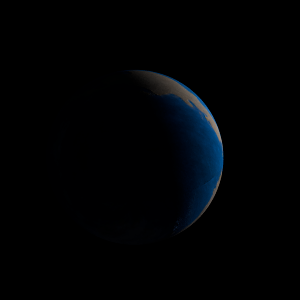|
|
Space Astro
|
Info for exoplanet "Rirax-dome"
| Scientific (actual) data |
|---|
| Name | Kepler-1142 b |
| Planet status | Confirmed |
| Radius | 0.131 |
| Orbital period | 18.3027 |
| Discovered | 2016 |
| Updated | 2021-02-05 |
| Tconj | 2454980 |
| Publication | Announced on a website |
| Detection type | Primary Transit |
| Alternate names | 2MASS J19305146+4404564 b, K02209.01, KIC 8168187 b, KOI-2209 b, KOI-2209.01, WISE J193051.47+440456.3 b |
| Star name | Kepler-1142 |
| Right ascension | 292.71° |
| Declination | 44.08° |
| Mag j | 13.031 |
| Mag h | 12.672 |
| Mag k | 12.648 |
| Star distance | 697 |
| Star metallicity | 0.02 |
| Star mass | 0.97 |
| Star radius | 0.96 |
| Star age | 5.37 |
| Star temperature | 5685 |
| Star alternate names | 2MASS J19305146+4404564, KIC 8168187, KOI-2209, WISE J193051.47+440456.3 |
| Wikipedia article | Kepler-1142 b |
Back
| |
| Fictional info (?) |
|---|
| Suggested name | Rirax-dome |
| Planet type | Cold planet |
| A prominent result is the "great yellow spot", a giant storm that is known to have existed for centuries since it was first seen by telescope. |
| Atmosphere | Hydrogen | 48% |
| Xenon | 28% |
| Methane | 23% |
| Sulfur dioxide | 0.0013% |
| Molecular hydrogen | 0.0001% |
| Atmospheric pressure | 25 bar |
 |
| No known satellites |
| Google search for Rirax-dome |
|
Website by Joachim Michaelis
|
|
|
|